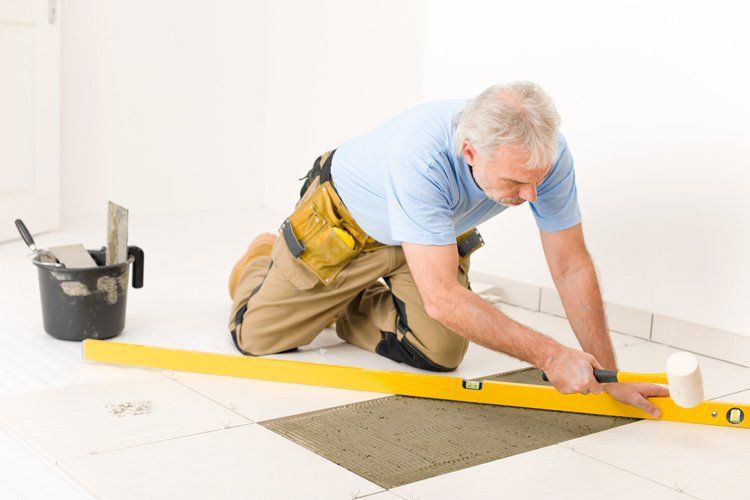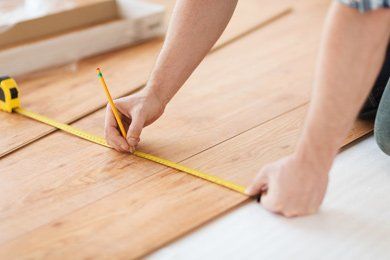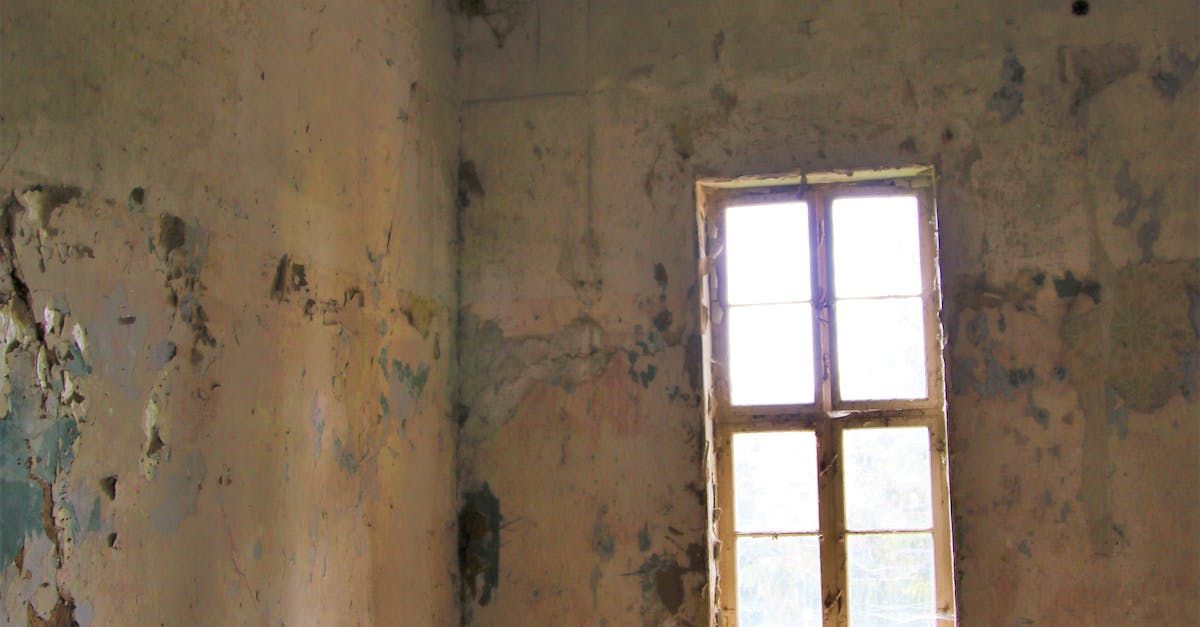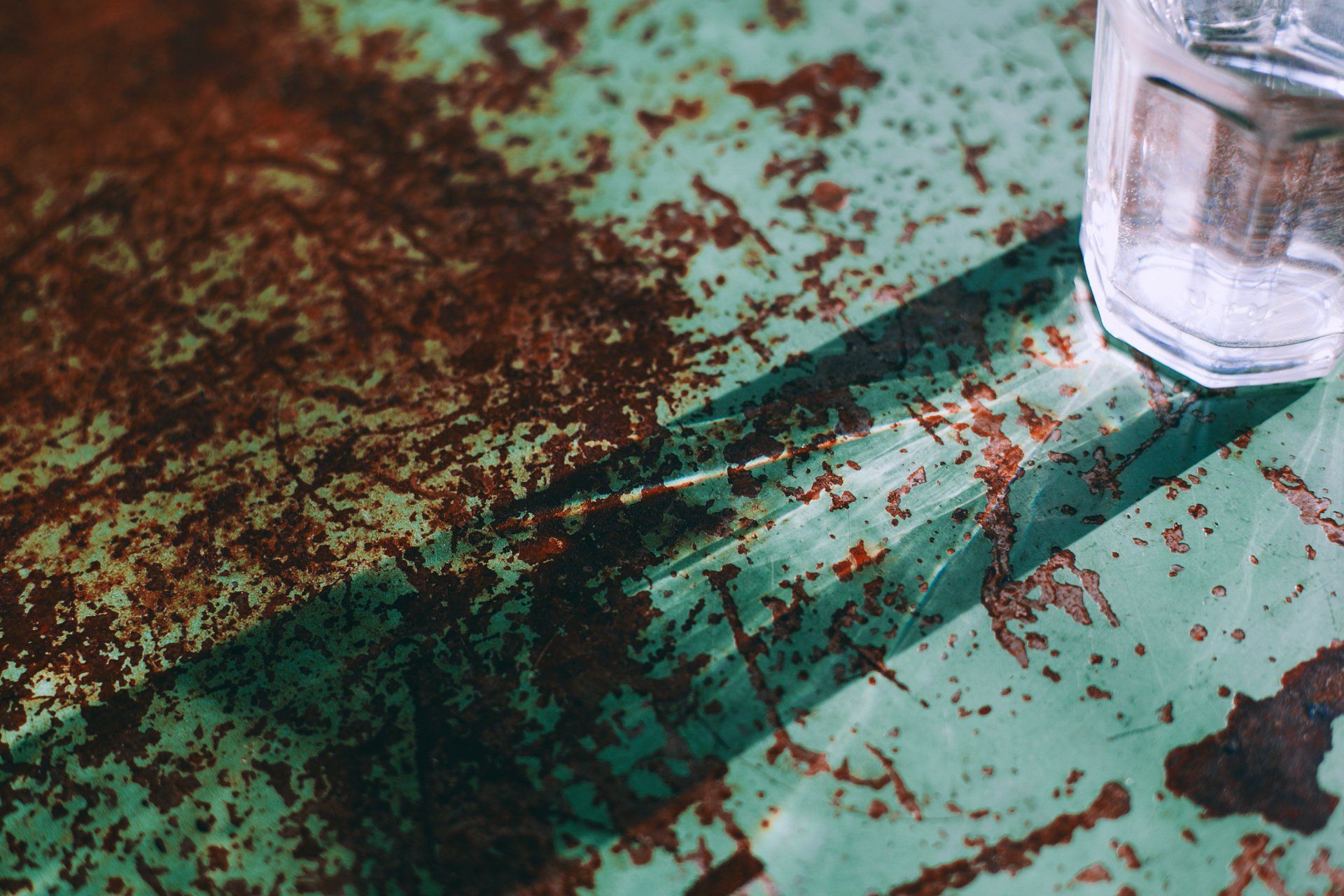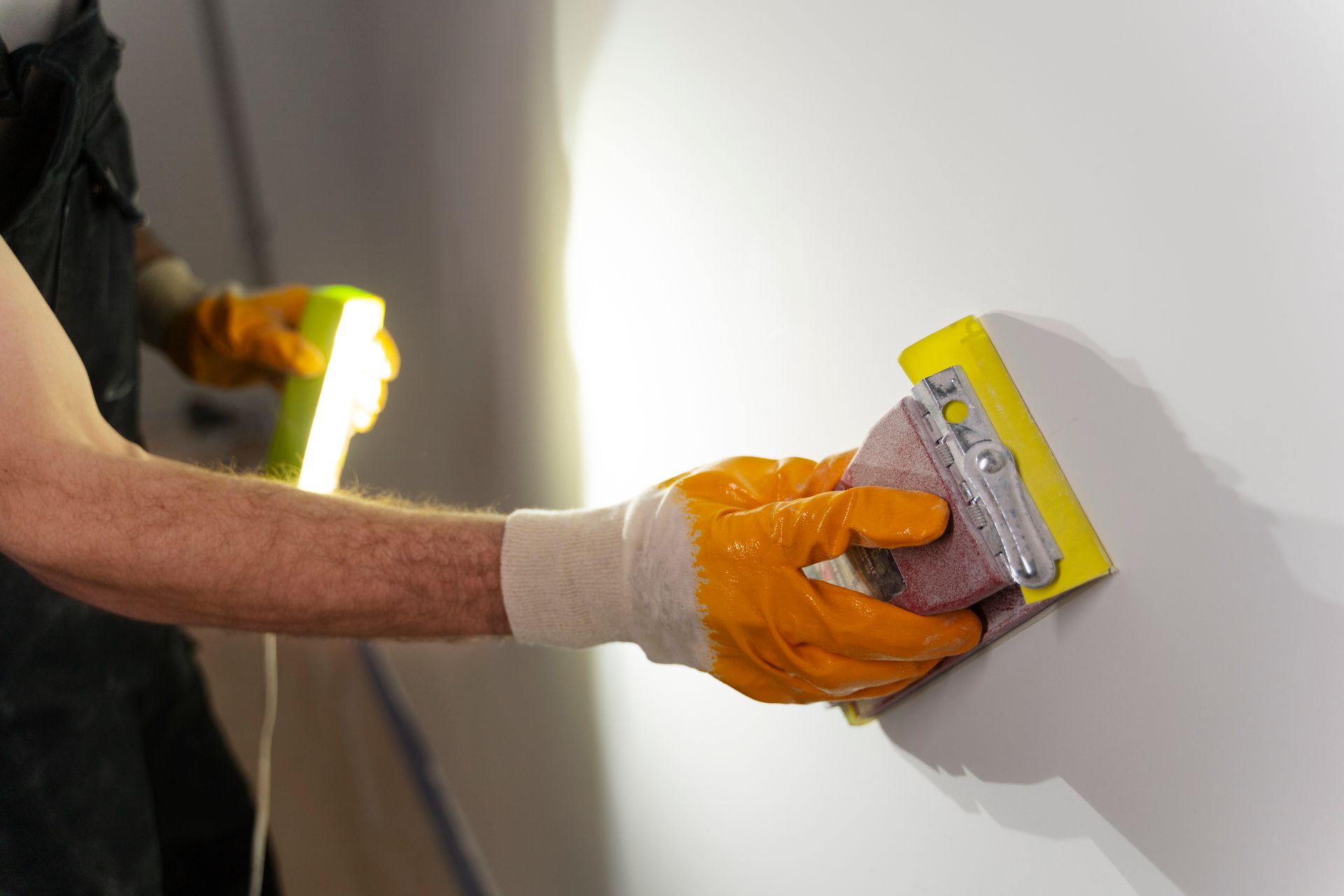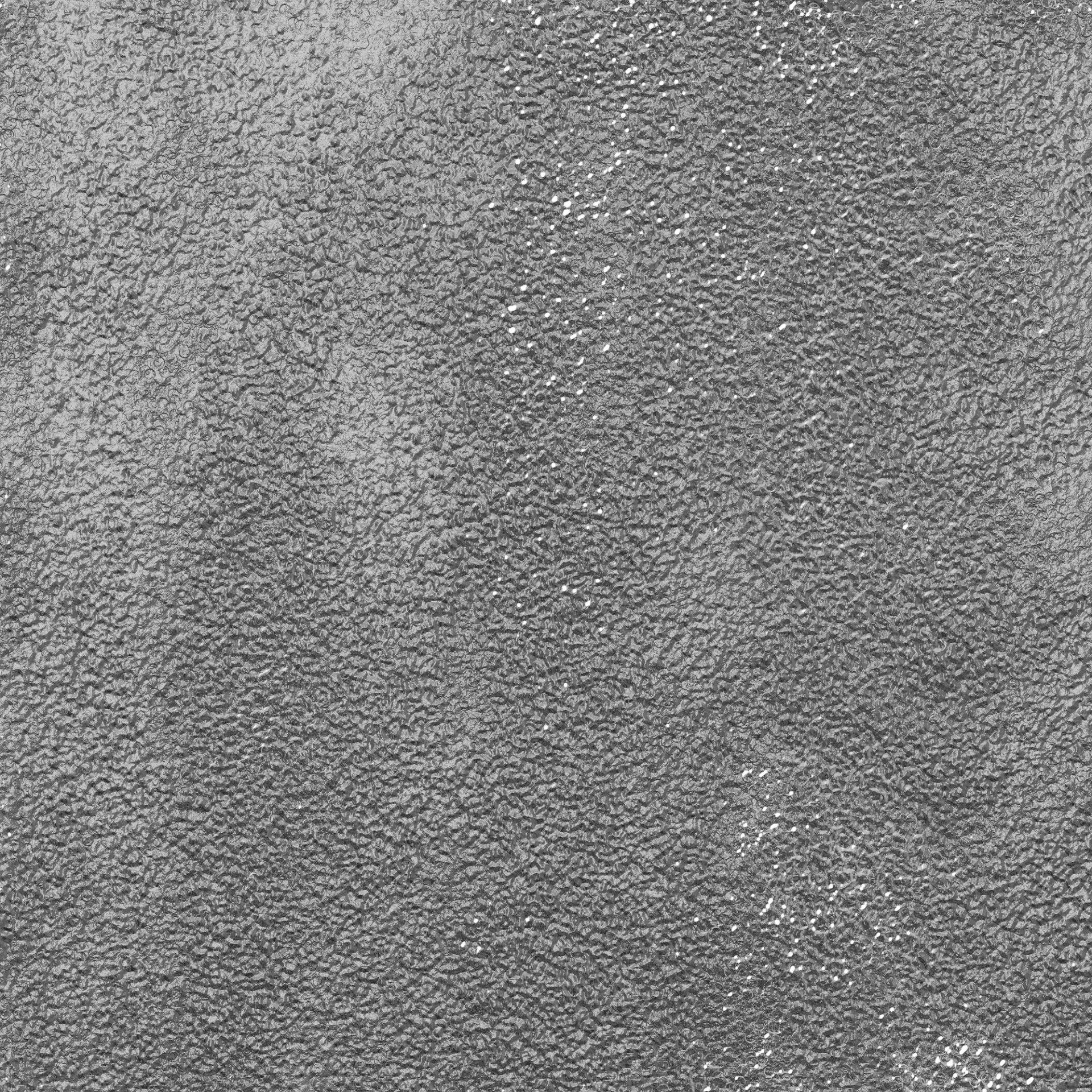Behind Every Smooth Wall: The Art of Tape and Bed in Drywall Magic
Mastering the Essentials of Drywall Repair: A Guide to Tape and Bed Techniques
In the world of home improvement and construction, the magic lies in the details. One such detail, often overlooked but critical in achieving flawless walls, is the art of tape and bed in drywall repair. This guide delves into the intricacies of this process, offering insights for both the seasoned drywall contractor and the DIY enthusiast. By understanding the essentials of drywall tape and bed services, you can ensure that your walls are not just sturdy but also seamlessly beautiful.
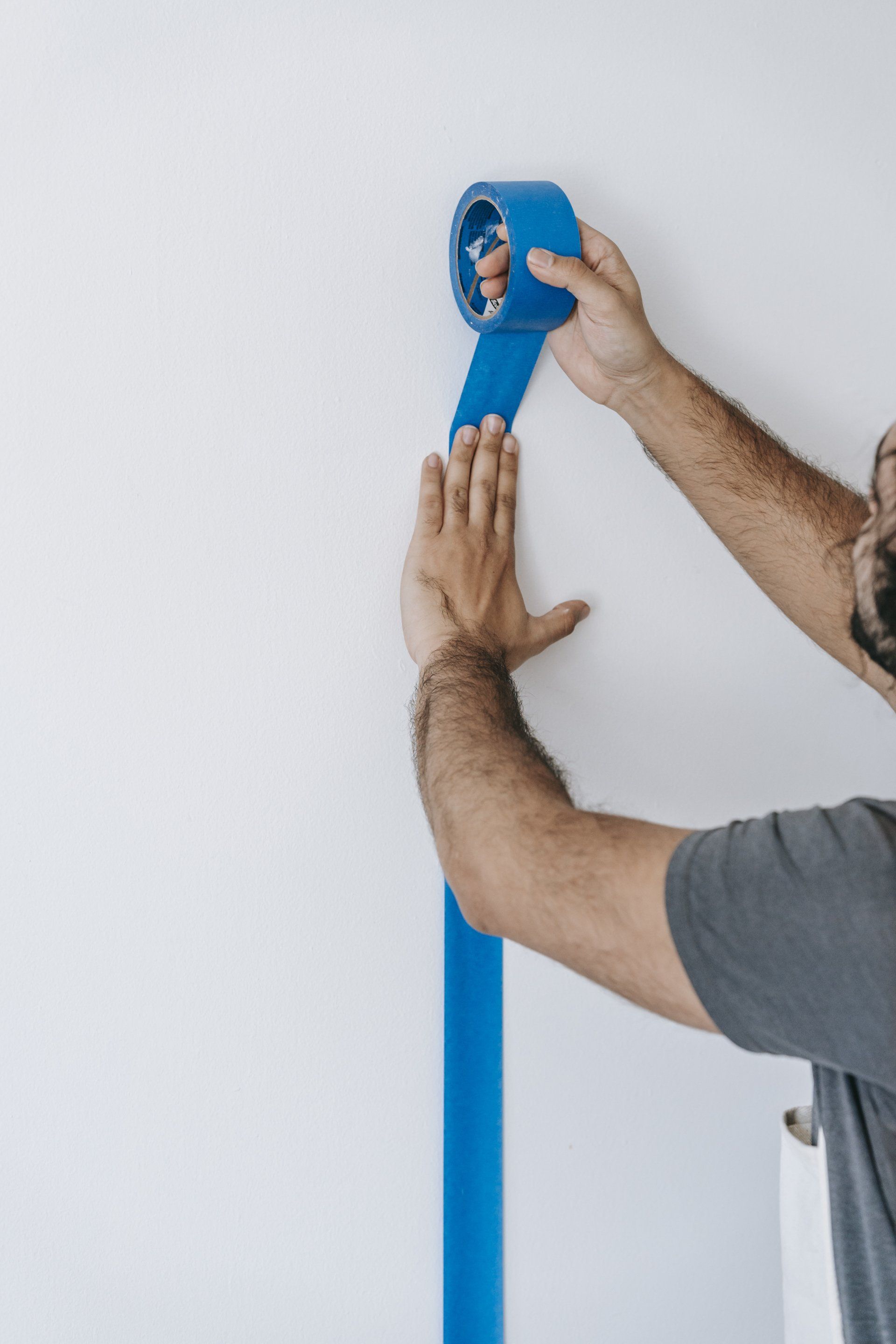
Understanding Drywall Tape and Bed
Drywall Repair: The First Step to a Perfect Finish
The journey to a smooth wall begins with drywall repair. Whether it's due to wear and tear, accidental damage, or renovation needs, drywall fixes are common in both residential and commercial spaces. A
proficient drywall contractor knows that the success of tape and bed services hinges on properly assessing and repairing any damage to the drywall.
Types of Drywall Tape
There are various types of drywall tape, including sheetrock tape, wallboard tape, and joint tape. Each type has its unique properties and applications. Sheetrock tape, often made from paper or fiberglass, is used to bridge gaps between sheets of drywall. Wallboard tape, a variant of drywall tape, is designed for similar purposes. Joint tape is specifically used to reinforce and smooth over the joints where two drywall sheets meet.
The Tape and Bed Process
Applying the Tape
The 'bed and tape' or 'tape and bed' process is a methodical approach to achieving seamless walls. The first step involves applying drywall tape over joints and cracks. This step is crucial for preventing future cracking and ensures a smooth base for the subsequent layers.
Mixing and Applying Drywall Mud
The 'dry wall tape and mud' technique involves covering the tape with drywall compound, commonly referred to as mud. This stage requires a keen eye and skilled hands. The dry wall compound is carefully mixed to achieve the right consistency. Then, using tape and bed tools, the compound is applied over the tape. The objective is to create a smooth, even layer that blends seamlessly with the surrounding wall.
Sanding and Finishing
Once the tape mud drywall layer dries, the next step is sanding. This phase is crucial in the 'dry wall mud and tape' process. Sanding eliminates any ridges or bumps, ensuring that the wall surface is uniformly smooth. The skill lies in sanding enough to smooth the surface without damaging the tape beneath.
Advanced Techniques and Tips
While the basic tape and bed process may seem straightforward, achieving professional-level results requires practice and knowledge of advanced techniques.
- Choosing the Right Tape and Bed Tools: The selection of tools can significantly impact the quality of the finish. Specialized knives, trowels, and sanders are essential for precise application and smoothing of the drywall compound.
- Mud Application Techniques: The technique of applying dry wall compound can vary based on the type of repair. Different methods are used for filling small dents versus bridging large gaps or reinforcing corner joints.
- Environmental Factors: Factors like humidity and temperature can affect how the drywall compound dries. A skilled drywall contractor understands how to adjust the process according to these conditions.
The Essence of Professional Drywall Services
While DIY enthusiasts can tackle basic drywall repairs, complex or large-scale projects often require the expertise of a professional drywall contractor. These specialists bring a level of precision and efficiency to drywall services that is hard to match. They are adept at handling various drywall fixes, from minor cracks to significant renovations, ensuring that each job is done right the first time.
Preparing for Tape and Bed
Before diving into the tape and bed process, it's crucial to prepare the surface properly. This involves cleaning the area, removing any loose material, and ensuring that the surface is dry and free from dust. Proper preparation not only facilitates a smoother application but also enhances the durability of the repair.
The Role of Drywall Compounds
The choice of dry wall compound is pivotal in the tape and bed process. There are different types of compounds available, each suited for specific stages of the process. Some drywall compounds are ideal for the initial layers over the tape, offering excellent adhesion and flexibility. Others are designed for the final layers, providing a smoother finish that is easier to sand.
Handling Water Damage in Drywall Tape and Bed Repairs
In the realm of tape and bed in drywall services, addressing water damage is critical. If drywall is water-damaged, firstly halt the moisture source and dry the area completely. Minor water damage can be managed by drying, sanding, and applying a mold-resistant primer before the standard tape and bed process. For severe damage, replace the affected drywall section. This ensures the repair not only looks seamless but also maintains the wall's structural integrity. Quick and appropriate action is key in effectively restoring water-damaged drywall.
Techniques for a Perfect Finish
Achieving a perfect finish requires more than just applying tape and mud. It involves a series of steps, each critical in its own right.
- Layering: The application of drywall mud is done in layers. Each layer must be allowed to dry thoroughly before the next is applied. This step-by-step approach helps in building a smooth, even surface.
- Feathering Edges: Feathering is a technique used to blend the edges of the mud into the existing wall. This creates a seamless transition and avoids visible lines or bulges.
- Checking for Imperfections: After sanding, it's essential to carefully inspect the surface for any imperfections. Spot checks and touch-ups may be necessary to ensure a perfectly smooth finish.
For those seeking practical drywall taping tips, mastering the joint compound application is essential. Use a taping knife to spread the mud smoothly over seams, especially around tricky butt joints. Don't forget to utilize sandpaper to achieve a flawless finish. Starting with paper tape can provide strong, durable seams, especially when combined with the right mud consistency. Proper screw placement is crucial to avoid any future drywall issues. Many of these tips and techniques can be found on the internet, making it easier for both beginners and experienced DIYers to achieve professional results in their drywall projects.
Maintenance and Care
Post-repair, maintaining the integrity of the drywall is important. This includes protecting the surface from impacts and moisture. Regular inspections can help identify any potential issues early on, preventing the need for extensive repairs in the future.
The Artistry in Drywall Tape and Bed Services
At its core, tape and bed in drywall repair is an art form. It requires a blend of technical skill, attention to detail, and an understanding of the materials at hand. The satisfaction of transforming a cracked or damaged wall into a smooth, unblemished surface is unparalleled. It's a testament to the skill and dedication of the drywall contractor, whose work lays the foundation for the aesthetics and longevity of the wall.
Intrigued by drywall tape and bed magic? Explore our comprehensive range of
drywall contractor services, including expert
drywall installation,
drywall repair,
drywall texture, and
special finishes to discover how we can further enhance your space. Additionally, dive into
our blog page for insightful articles and tips that further showcase our expertise and offerings. Don't miss our detailed
guide on painting and drywall,
dealing with the drip,
fixing drywall for a fresh paint job, and
holes in wall, offering valuable advice and best practices to help you understand and navigate these processes with confidence.
Final Thoughts
The art of tape and bed in drywall magic is a critical aspect of building and maintaining beautiful, durable walls. Whether undertaken as a DIY project or by a professional, it requires a methodical approach, the right tools and materials, and a commitment to quality. Behind every smooth wall is the invisible yet vital work of tape and bed - a skill that elevates the ordinary to extraordinary in the world of drywall services.
Ready to work with Dallas Drywall Solutions?
Let's connect! We’re here to help.
Send us a message and we’ll be in touch.
Or give us a call today at 972-362-9799

